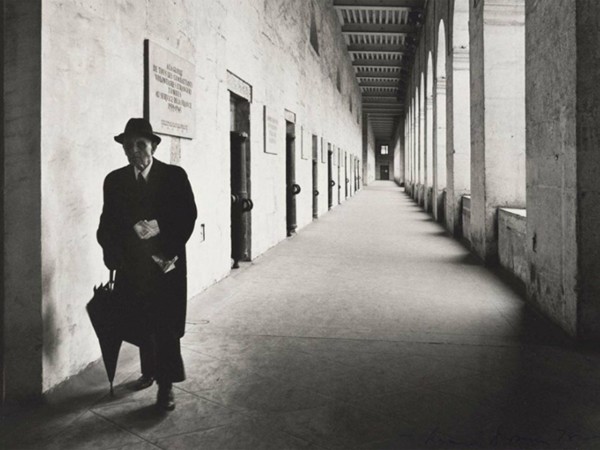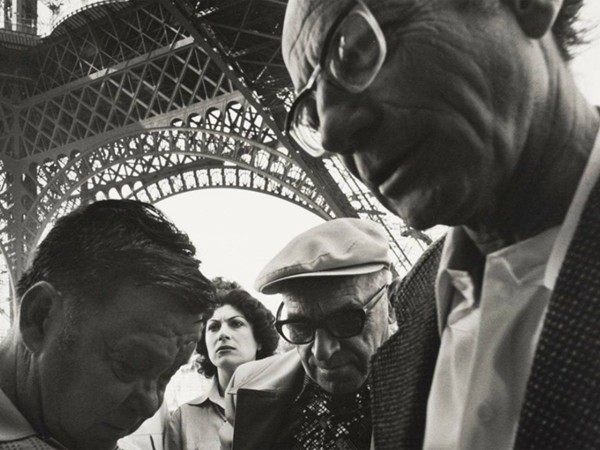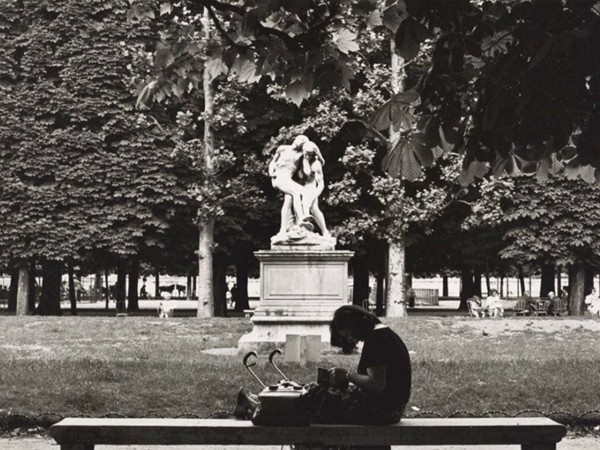Twenty one photos taken by one of Australia’s most well-known photographers Max Dupain (1911-92) in Paris in 1978 have been kept out of the public eye for years, but will now go on display at the Art Gallery of New South Wales.
Donated to the Gallery by Penelope Seidler in 2012, this will be the first time the private series portfolio will be viewed publicly, along with 15 of Dupain’s other photographs.
The renowned photographer had gifted the Paris works to architect Harry Seidler, and in a handwritten note he wrote:
“I owe you so much. For nearly twenty five years I have dwelt on your philosophy of architecture. We register alike about clear thinking, logic of application, poetry of form etc etc. [sic] I have tremendous regard for architecture as a stabilising force in this turbulent society and I think my best work will ultimately show the significance of this by virtue of the photographed form thrown up by architecture and by engineering.”

Dupain had made the trip to Paris – only his second outside Australia and his first to Europe – to accompany his long-time colleague and friend, Harry Seilder (1923-2006). Dupain’s task was to photograph the Australian embassy in Paris, which Seidler had designed and completed in 1977.
Whilst in Paris, Dupain went on to explore many of the city’s monuments, immortalising the new spaces and scenes he was experiencing with his camera; a first impression of sorts. These varied from formal compositions of photographic space, such as the image of Napoleon’s statue on the balcony of Les Invalides, to more personal and candid moments, as with the group of people captured beneath the Eiffel Tower.

 Many of the pictures also depict the 18th and 19th century landmarks of Paris, including the ornate Alexandre III bridge, the Grand Palais and Chantilly. The compilation offers a view of Paris and its environs shaped by layers of history, mythology and art.
Many of the pictures also depict the 18th and 19th century landmarks of Paris, including the ornate Alexandre III bridge, the Grand Palais and Chantilly. The compilation offers a view of Paris and its environs shaped by layers of history, mythology and art.
Despite the diversity of subject matter across the 21 images, Dupain maintains his signature poise and rigour, while his appreciation of the way light interacts with the objects it touches shines through. Careful attention paid to the composition of photographic space is also obvious through a play of scale.


In addition to the Paris ‘private’ series, 15 of Dupain’s phoographs of architectural and botanical forms will be on display. Almost all are taken in and around Sydney, and cover 50 years of the photographer’s practice from 1933 to 1983.

